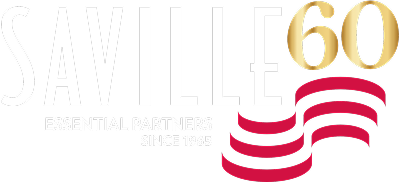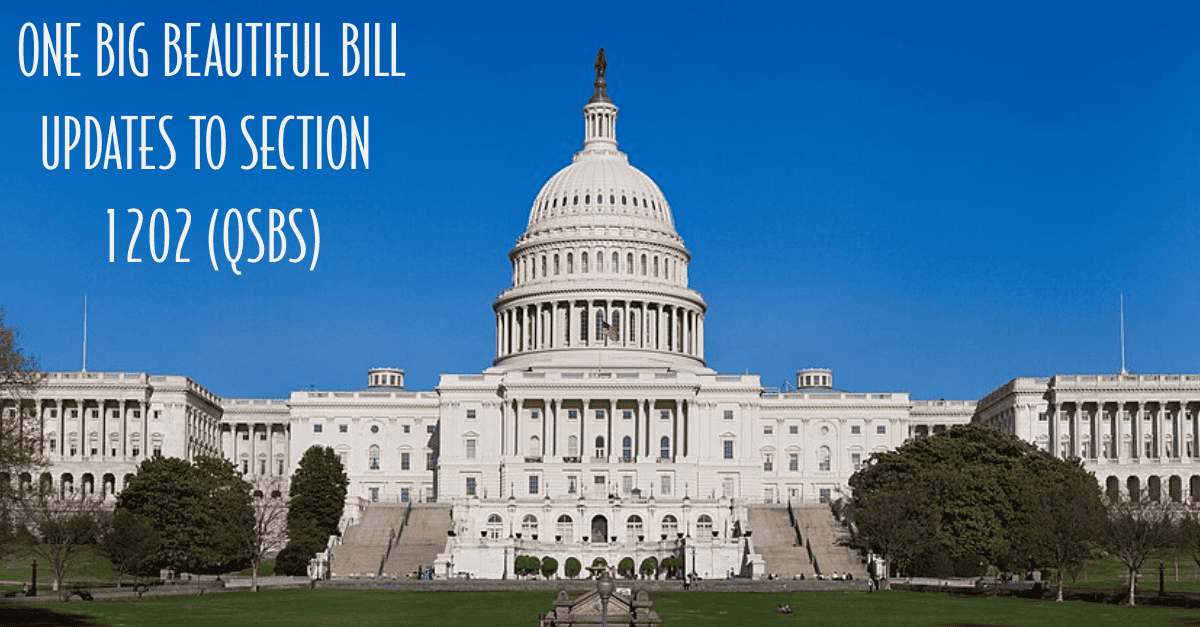Updates to Section 1202 Qualified Small Business Stock Rules
The new changes introduced by the One Big Beautiful Bill Act (OBBBA) in 2025 bring significant enhancements to Section 1202 Qualified Small Business Stock (QSBS) benefits, making this tax incentive even more powerful. Here is a breakdown of what’s new and what it means for you.
Key Changes to Note
1. Increased and Inflation-Adjusted Exclusion Limits
- Higher Limits: For stock acquired after the new law’s enactment date, the gain exclusion cap has increased from $10 million to $15 million.
- Inflation Adjustment: Starting in 2026, both the $15 million cap and the alternative “10x basis” rule will adjust annually to keep pace with inflation.
2. Shortened Holding Periods for Partial Exclusions
- Flexible Options: New rules allow a 50% exclusion for investors who hold QSBS for at least 3 years and a 75% exclusion after 4 years. The full 100% exclusion still requires a 5-year holding period.
3. QSBS Eligibility Standards—Reaffirmed
4. Expanded Rollover and Transfer Opportunities
- Rollover Gains: Investors can now defer profits by reinvesting proceeds from QSBS sales into other QSBS within 60 days, maintaining their eligibility for exclusions.
- Inheritance and Gifts: QSBS exemptions remain valid for transfers by gift or inheritance, allowing heirs to inherit the tax benefits.
5. Planning Opportunities Using Trusts
- Establishing multiple non-grantor trusts can unlock individual $15 million exclusion caps, multiplying benefits for families. However, new anti-abuse provisions will safeguard against potential misuse.
6. Notable Special Rules
- Aggregating Corporations: Parent-subsidiary controlled groups are now treated as one entity for QSBS qualification, streamlining compliance.
- Stock Redemption Restrictions: Certain buybacks may disqualify stock from QSBS treatment if conducted near issuance dates.
- Enhanced Clarity on Qualifying Businesses: New IRS guidance confirms that some technical service companies (e.g., those offering data migration services) may still qualify if advisory roles are secondary to operations.
Key requirements remain unchanged but have been clarified to ensure compliance. Key criteria include:
- Original Issuance: Stock must be acquired directly from the issuing C corporation.
- Small Business Threshold: Gross assets of the corporation must now not exceed $75 million in issuance (increased from $50 million), adjusted for inflation.
- Active Business Test: The corporation must devote at least 80% of its assets to an active qualifying business.
With the passage of the new tax bill, changes for QSBS have been enacted for stock purchases after July 4th, 2025. The chart below compares the prior law with the new law.
| Provision | Prior Law (For post-2010 stock) | OBBBA (for post-enactment stock) |
|---|---|---|
| Exclusion % | 100% after 5 years | 50% after 3 years, 75% after 4 years, 100% after 5 years |
| Holding Period | 5 years | 3,4, or 5 (see above) |
| Per-Issuer Limit | $10 million (not indexed) | $15 million (indexed after 2026) |
| Gross Assets Test | $50 Million (not indexed) | $75 million (indexed after 2026) |
Key Takeaways for 2025 and Beyond
These updates make QSBS significantly more advantageous for small business founders, employees, and investors. Keep these benefits in mind:
- Enjoy higher, inflation-adjusted tax exclusions for better long-term planning.
- Leverage shortened holding periods for earlier financial flexibility.
- Consider estate and trust strategies to multiply exclusions—but beware of anti-abuse rules.
- Maintain diligent documentation, as stricter reporting requirements apply to prove QSBS eligibility.
Please reach out to your Saville Team if you have any questions about the impact of these changes.

